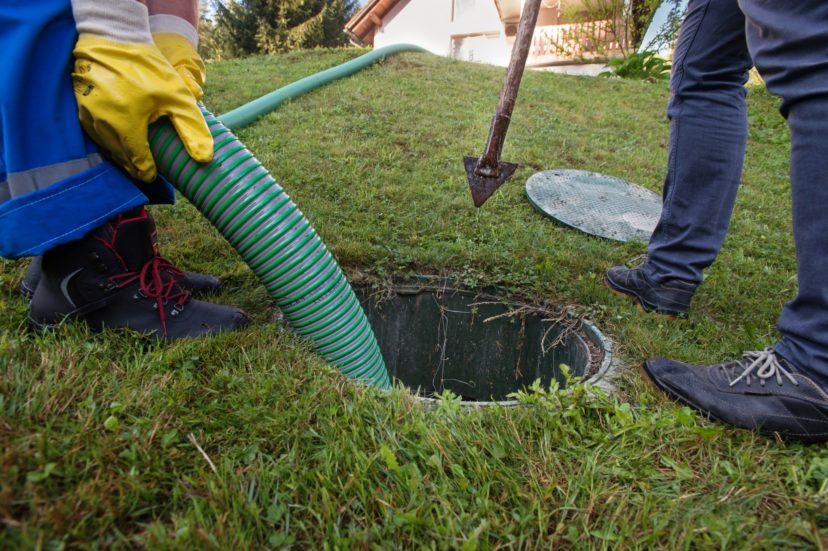
Septic systems are a vital part of many homes. But they require routine care and attention. Otherwise, your system can become infected with sewage and cause plumbing problems throughout the house. The two main parts of a septic system are the tank and the drain field. The tank holds solid wastes until bacteria reduce them to sludge and scum.
Schedule Regular Inspections
Regular septic tank services Orlando, FL, are crucial to prevent potential issues from becoming messy and expensive emergencies. Just like taking your car for an oil change, scheduling regular inspections by a certified professional can help identify problems before they become serious. During inspections, the technician will check the overall health of the tank, including cracks, leaks, and tree root infiltration. They will also check the sludge and scum levels, which can lead to blockages and overflows if there is too much buildup. Additionally, they will ensure that the drainage field can absorb wastewater properly. To keep your septic system healthy, it’s important to take preventive measures and schedule regular inspections with a certified professional.
Pump Your Septic Tank Regularly
Septic systems allow homes to live further away from city sewer lines and require maintenance. Regularly checking and pumping your septic tank prevents a sewage spill and groundwater contamination. A leaking septic tank can poison your drinking water, leading to illnesses such as typhoid fever, hepatitis and dysentery. It can also pollute the groundwater, contaminating your well water. If you notice wet spots around your septic system or drain field, it’s time to have the tank pumped. If you wait too long, sludge and scum will reach the outlet and overflow into the drain field, causing further problems. When the septic tank is emptied, there are usually solids left over that need to be broken down by bacteria. Some add additives such as yeast, manure and dead animals to help jumpstart the bacterial growth, but this is optional. Your septic technician can add 100% natural live adult bacteria to your septic system, which will work just as well without oxygen (anaerobic conditions). This is an important step in keeping the system healthy.
Maintain Your Drain Field
Keeping chemicals, kitty litter, hygiene products and diaper wipes out of the septic system can extend its life. It’s also a good idea to limit garbage disposal use. Grinding up broccoli stems, hard carrots, and flowery edibles in the garbage disposal can strain the system, resulting in more frequent pumping. Avoid chemical drain openers and other toxic substances around the septic tank, as they can damage or kill beneficial bacteria. You can use enzyme cleaners instead to break down organic waste without harming bacterial levels in the tank. Keep vehicles and heavy equipment off the septic tank, drainfield and drainfield replacement area. These can cause soil to become compacted, reducing its ability to treat wastewater effluent. It’s also important to landscape the drainfield properly. Plant grass and shallow-rooted ground cover far away from the area, avoiding trees that could grow into pipes and clog them.
Install a Septic Pump
What you put down your toilets and sinks goes into the septic tank, where microorganisms partially treat it. The liquid from the septic tank then enters the drain field (or leach field) to be absorbed into the soil or evaporate. Using bleach and other chemicals to clean your drains can harm the bacteria in the septic tank. These chemicals can also cause clogs, leading to leaky pipes or sewage backup into your home. A distribution box under the septic tank evenly distributes wastewater throughout your drain field. It’s important to keep an eye on the septic tank level and have it pumped when it gets close to the top or bottom of the outlet drain. It will also help to have a handy diagram of your septic system layout, including the tank and drain field’s location. If you ever decide to sell your property, it will be valuable to future owners.